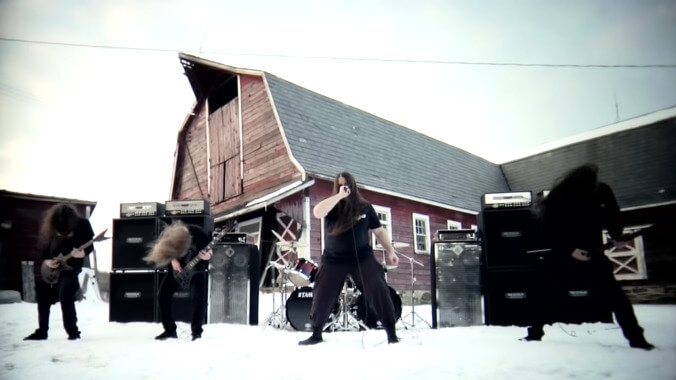Vitrified Brain: A stunning find at Pompeii or a new Cannibal Corpse album?
Pop quiz, hotshots: is "ancient human brain remains, vitrified by heat" a new Corpsegrinder lyric or a fascinating archeological discovery?

The volcanic eruption at Mount Vesuvius in 79 CE was absolutely brutal—we’re talking rivers of lava, superheated ash clouds, falling mountain debris, and flash temperatures that instantly killed at least 2000 people in and around the Roman villages of Pompeii and Herculaneum. It’s one of the best documented natural disasters in human history, particularly thanks to the recounting of eyewitness Pliny the Younger, whose descriptions can best be summarized as (forgive us, our Latin is a little rusty) “metal as fuck.”
All this to say, one could be easily forgiven for thinking the phrase “ancient human brain remains, vitrified by heat,” was a lyric from death metal legends, Cannibal Corpse, rather than a stunning archeological discovery published by The New England Journal of Medicine.
“Cerebral tissues in human remains are rare archaeological discoveries,” begins the scientific article, explaining that brains’ triglycerides are usually converted into glycerol and fatty acid salts, or soap…“Brain soap” being another phrase that’s as likely growled by Corpsegrinder as it is typed by forensic anthropologists like Pier Paolo Petrone at the University of Naples Federico II, who co-authored the journal article. What makes this brain even rarer is exactly how it came to be preserved.
